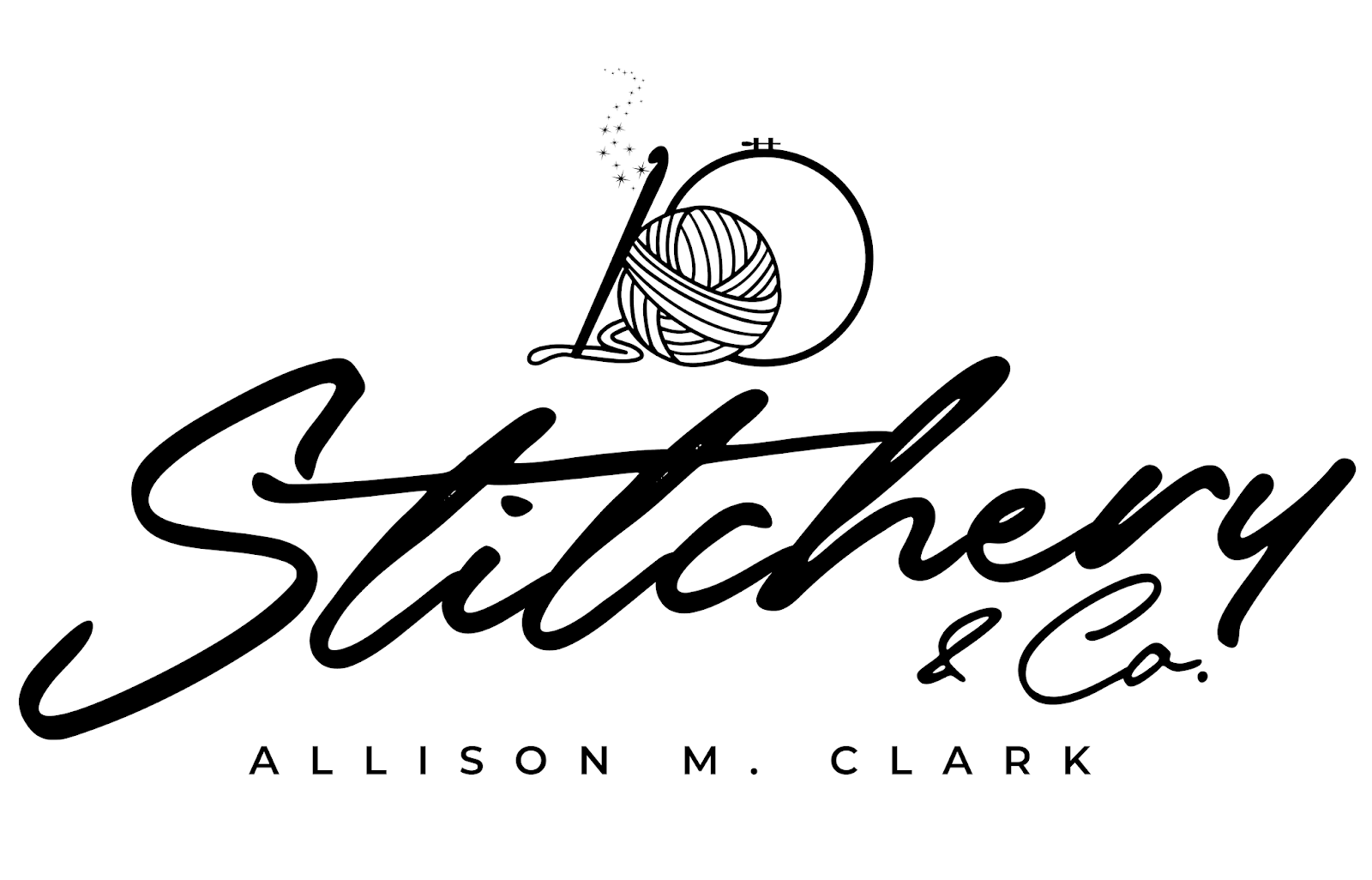Yarn Substitution 101
Imagine you've found the perfect crochet (or knit) pattern, and you're now selecting which yarns you'll use to create your piece. The pattern might call for yarn that's not in stock, or worse, no longer being produced! Maybe you don't actually like the yarn used in the pattern - the color might not match your preferred color palette, you're not a fan of superwash wool, or you're allergic to the fiber! Should you scrap the pattern and find something else to stitch? No, of course not!
Welcome to the wonderful world of yarn substitution! I love substituting yarn for many reasons: sometimes I just want to use different colors, but I'm usually searching for yarn that's easier to care for or yarn that's softer to the touch. In order to successfully substitute one yarn for another, you'll need to keep several key questions in mind:
What yarn properties are most important to you?
Does the overall look of the fabric matter the most to you, or are you flexible on things such as drape and sheen? Not all fibers and yarn will work up to create a fabric that has a beautiful drape (some really do create a stiff blanket or sweater!). Bamboo, silk, and other viscose fibers work well in designs calling for a heavy and swinging drape, whereas fibers such as cashmere and mohair will have a lighter feel. Fibers and yarn also have different surface sheens (e.g., how shiny do you want your finished piece to look?). I personally find it to be super tricky to discern a fiber's sheen while online shopping, so I recommend checking out fibers in person if it's your first time working with the brand. As a general rule, however, smooth fibers such as bamboo and silk will have a more lustrous sheen; cashmere and mohair will have a less noticeable sheen; and most wool fibers will have a matte appearance.
What stitches are used in the pattern?
I've learned this the hard way, so take my advice: not all yarns stitch up equally! If the pattern calls for ribbing techniques often used in wearable garments such as sweaters and hats, you'll likely want a fiber that is very close to the fiber recommended by the pattern. This is because ribbing provides shape to the garment, and this shaping may pull or shrink when washed, which can be exacerbated by the yarn used! (As a side note, I tend to use superwash wool or acrylic fibers for these types of garments.)
If the pattern uses many textured stitches (e.g., cable stitches, seed stitches, lemon peel stitches, etc.), you'll likely want to select a smooth, plied yarn that will highlight your stitchwork. Your stitches would simply get lost in a fuzzy or tweed-like yarn, and what's the point of losing the effort behind your stitches?! (Although I do absolutely love a fuzzy yarn for something like a pom-pom or amigurumi stuffed animal!)
Are you going to be wearing this item?
If you're going to be wearing the finished product, you'll 100% want to keep in mind how the yarn feels against your skin! (Again, this is a moment where it would be best if you could physically touch the yarn in a store.) Some wool fibers can be softened using a special wool wash, but this only helps to a certain degree. If your yarn is scratchy and unbelievably itchy, wool wash isn't going to work a miracle!
How much money are you willing to spend on your yarn?
The cost of a hank or skein of yarn can vary wildly, with many affordable acrylic options lending themselves well to large projects and more expensive, hand-dyed yarn created by independent artists being a better fit for smaller projects such as sweaters, scarves, and hats. Of course, you can always mix affordable and expensive yarns together! You'll just want to make sure that the yarns are very close in weight so that your stitches match as you move between the different brands.
Does your finished item need to be an exact size?
If your pattern requires you to create something to an exact size, such as a wearable item that is notated by stitch counts rather than actual measurements (my absolute nightmare!), you'll need to pay close attention to the yarn's gauge. I highly, highly recommend you crochet or knit a test swatch using your preferred yarn to check that you'll be able to match the gauge provided in the pattern.
The Best Yarn Substitution Tool: YarnSub
If you're new to yarn subsitution, looking to discover new yarn brands, or need to find a perfect dupe for an out of stock yarn, I cannot recommend YarnSub enough! YarnSub is a free and independent tool to help crocheters and knitters find workable substitutes for yarn, and is actively run by lifelong knitter Wendy Peterson. It has a mind-boggling large database of yarns, which can be navigated through helpful filters such as:
- Animal fibers
- Animal-derived
- Synthetic
- Plant fibers
- Cost
I'm hooked, and want to learn more!
Ready to dive into the deep end of yarn substitution? I recommend checking out the book Yarn Subsitution Made Easy: Matching the Right Yarn to Any Knitting Pattern by Carol J. Sulcoski (2012) or The Knitter's Book of Yarn: The Ultimate Guide to Choosing, Using, and Enjoying Yarn by Clara Parkes (2007).
Have you tried substituting yarn before? If so, I'd love to know what other advice you'd like to share! I love learning from y'all so much, and can't wait to expand my understanding of fiber and yarn!







Post a Comment